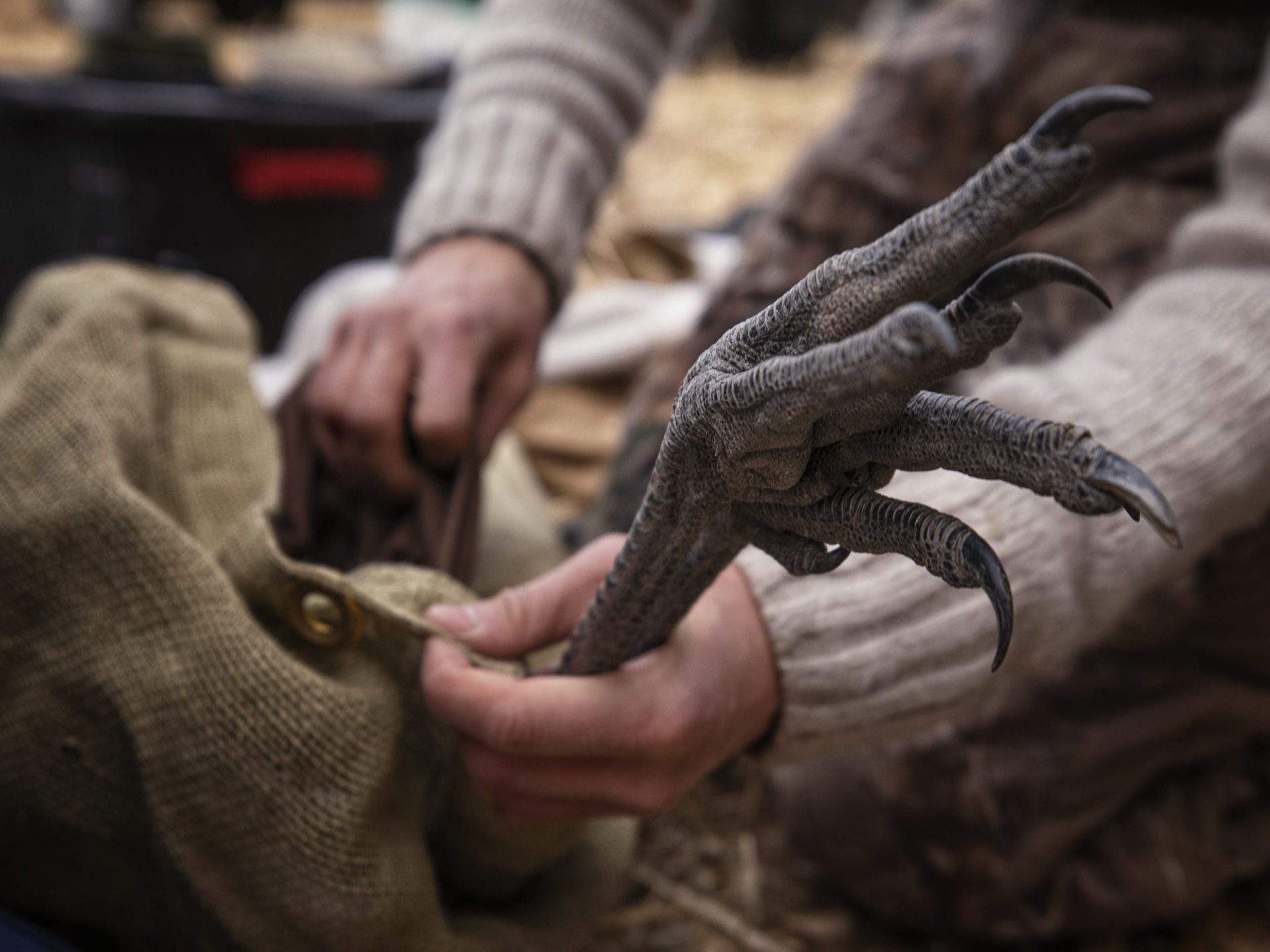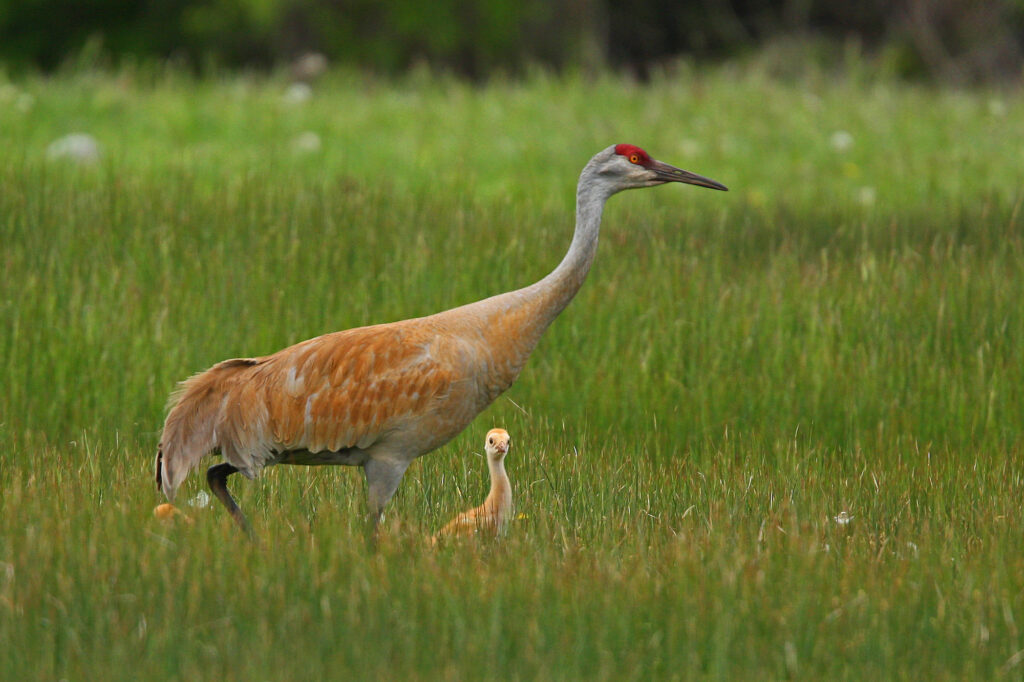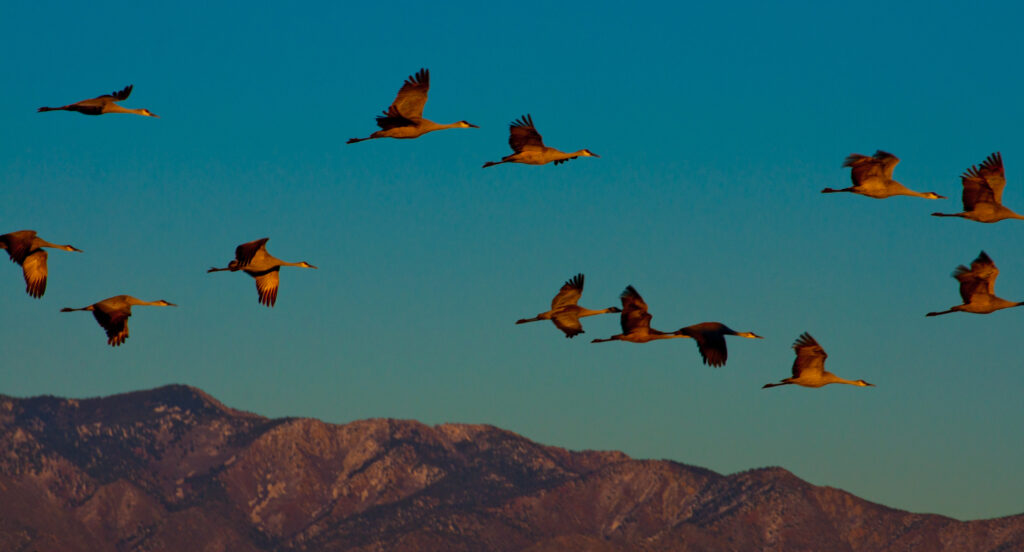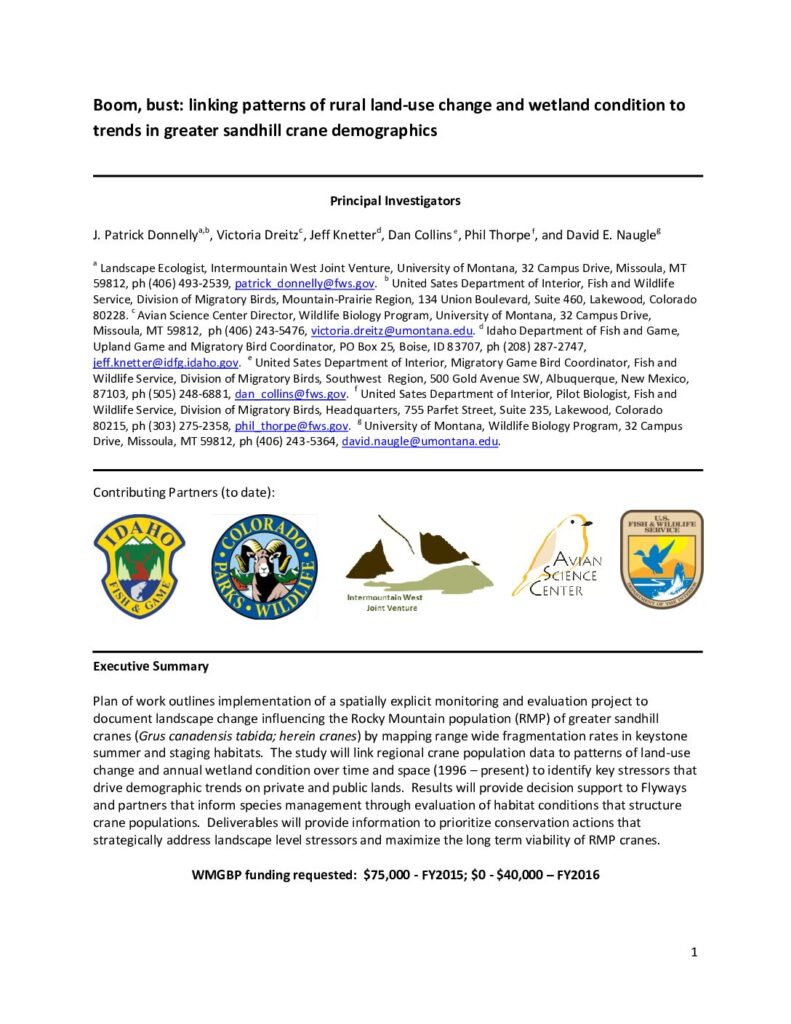The water crisis in New Mexico’s Middle Rio Grande Valley is a microcosm of long-term drought playing out across the West. So, too, are the ways in which people are coming together to meet conservation challenges head-on.
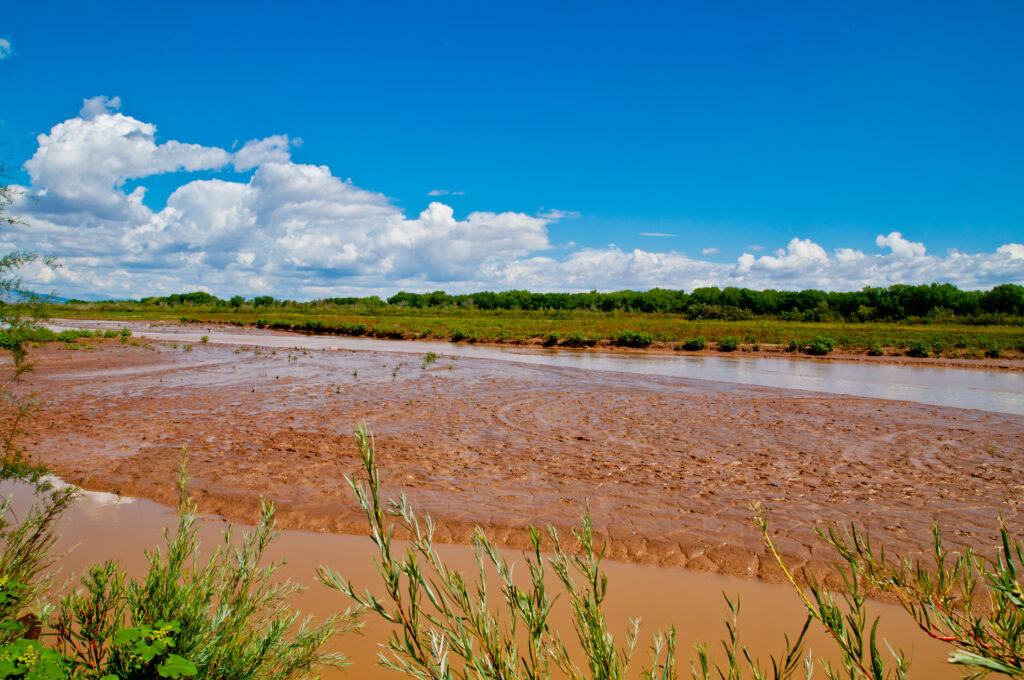

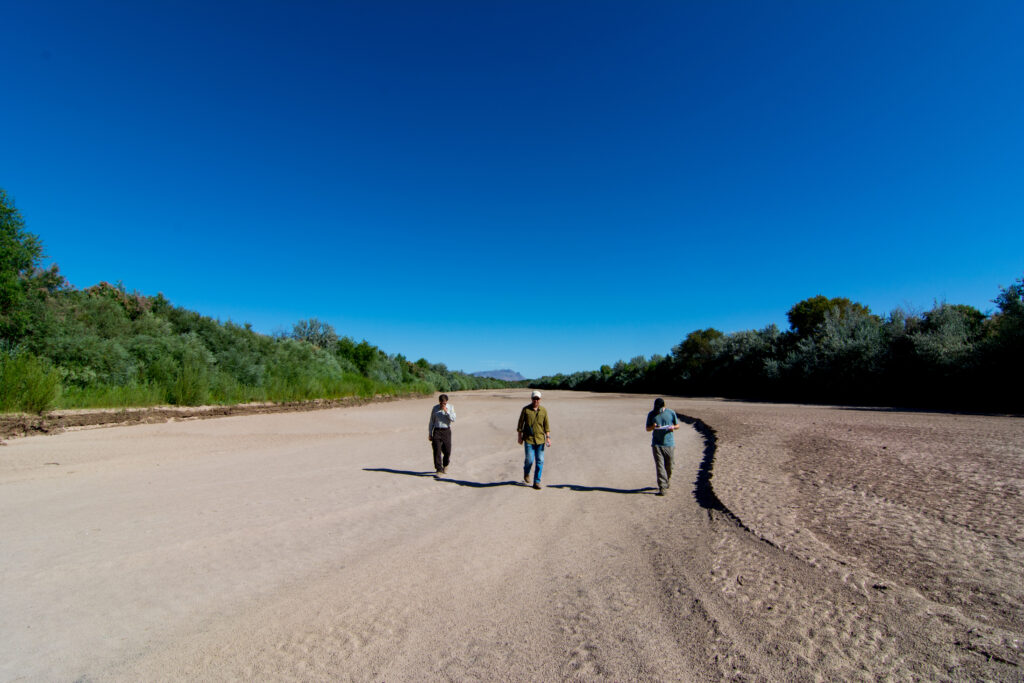
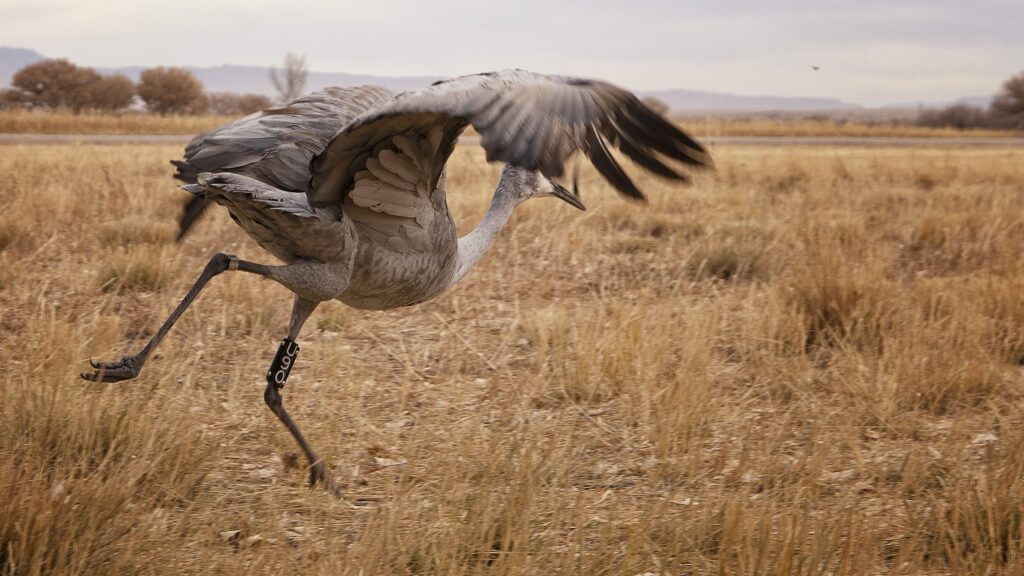
Climate change means New Mexico and much of the West face a drier and hotter future. Increasingly scarce water resources will impact people and communities, irrigated agriculture, and wildlife across the region. In the Middle Rio Grande, wetland and riparian areas—including those found on private agricultural land—provide immense socio-economic and ecological values. The sustainability of these places hinges on the balance of water allocations that preserve both agricultural and wetland-riparian function.
Because publicly protected wildlife refuges are few and far between, meaningful conservation also includes the private land that makes up an overwhelming majority of agricultural and wetland areas used by migratory waterbirds like sandhill cranes, as well as other species of wildlife. Consequentially, some of the most effective conservation efforts provide long-term protections for agricultural land-use practices that sustain wetland habitats. This creates unique opportunities for public land managers and private landowners to work together and drive innovative, collaborative solutions.
A new video shows how partners in New Mexico’s Middle Rio Grande Valley are using science to inform conservation that will help mitigate this drier future and drive benefits to not only wildlife, but people too.
The Middle Rio Grande is a living system that needs science-informed management that takes into account local and traditional ecological knowledge, as well as support to agencies and collaborative processes.
Science from the IWJV and partners links the importance of agriculturally sustained wetland areas to migratory bird species. Although initial work focuses on sandhill cranes and white-faced ibis, our analysis provides a model system for flyway conservation applicable to all waterbirds in western North America. Tracking migration networks allows researchers to identify and monitor landscape change associated with agriculture and wetland stopover habitats. Results like these are transformational in shaping the perception of irrigated agriculture and the role the mosaic of public-private wetland availability plays in conservation.
Accompanying the research are tools that give natural resource planners and wildlife managers a framework to prioritize the conservation of key sites important to maintaining the resiliency of continental wetland networks. By making the data easy to understand, access, and put into action, the science conveys a powerful message: people and working lands are vital in sustaining the fragile network of stopover sites for migratory birds.
